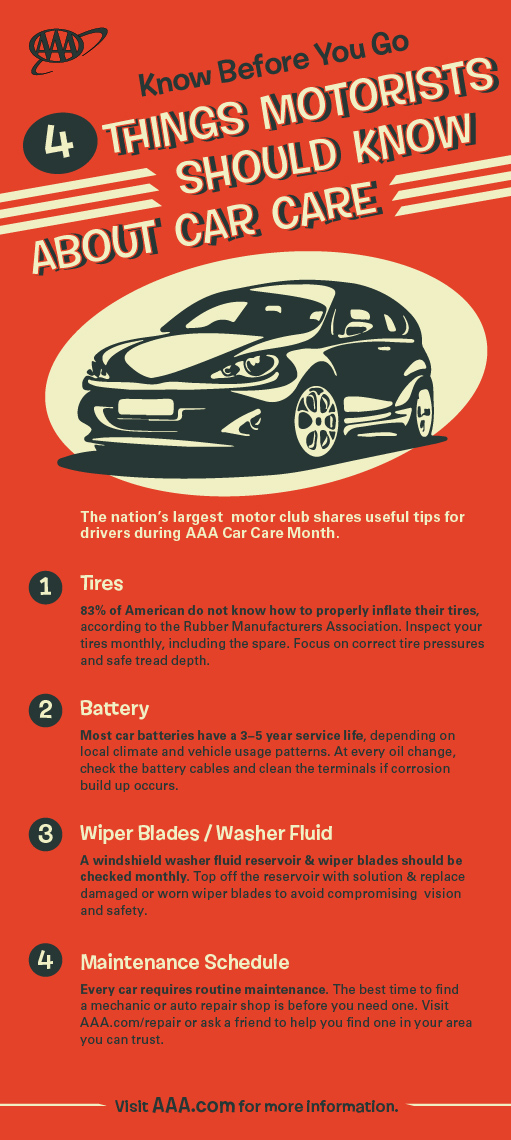Realizing The Significance Of Your Car'S Warning Signals: What They Actually Represent
Realizing The Significance Of Your Car'S Warning Signals: What They Actually Represent
Blog Article
Write-Up By-Sykes Shepherd
When you're behind the wheel, those beautiful caution lights on your control panel can be a bit difficult. Do you recognize what they're attempting to inform you about your car's health? Recognizing the value of these lights is important for your safety and the long life of your car. So, the next time one of those lights appears, would not you want to understand its message accurately and take the needed steps to address it?
Common Warning Lights and Interpretations
Identify typical caution lights in your car and understand their meanings to guarantee secure driving.
One of the most common warning lights consist of the check engine light, which signals problems with the engine or discharges system. If this light begins, it's vital to have your car checked without delay.
The oil pressure warning light suggests reduced oil pressure, calling for immediate attention to prevent engine damages.
A blinking battery light might suggest a damaged billing system, possibly leaving you stranded otherwise attended to.
The tire stress surveillance system (TPMS) light alerts you to low tire stress, affecting vehicle security and gas efficiency. Neglecting https://marcovqkdx.blogitright.com/30394437/are-you-looking-to-determine-first-class-auto-fixing-solutions-in-your-location can result in unsafe driving problems.
The abdominal muscle light suggests a problem with the anti-lock stopping system, endangering your ability to quit quickly in emergency situations.
Finally, the coolant temperature alerting light warns of engine overheating, which can cause severe damages if not resolved quickly.
Comprehending browse around this site will assist you attend to issues immediately and preserve safe driving problems.
Value of Prompt Interest
Understanding the usual caution lights in your vehicle is just the first step; the value of without delay resolving these cautions can't be stressed enough to guarantee your security when traveling.
When https://www.beaconjournal.com/story/news/2021/11/22/akrons-giant-auto-parts-finds-niche-testing-used-catalytic-converters/8640538002/ illuminates on your control panel, it's your vehicle's means of interacting a possible issue that needs attention. Neglecting these warnings can lead to more serious troubles later on, compromising your safety and possibly costing you more out of commission.
Motivate focus to advising lights can stop failures and accidents. As an example, a blinking check engine light might indicate a misfire that, if left ignored, might create damage to the catalytic converter. Resolving this without delay can save you from an expensive repair work.
In a similar way, a brake system warning light may indicate low brake fluid or worn brake pads, essential elements for your safety when driving.
DIY Troubleshooting Tips
If you discover a warning light on your dashboard, there are a few DIY troubleshooting ideas you can try before looking for professional help.
the detailing specialists is to consult your car's manual to recognize what the particular caution light suggests. In some cases the problem can be as straightforward as a loose gas cap triggering the check engine light. Tightening up the gas cap may settle the trouble.
One more typical concern is a reduced battery, which can trigger different alerting lights. Inspecting the battery links for corrosion and ensuring they're safe could deal with the trouble.
If a caution light persists, you can try resetting it by detaching the automobile's battery for a couple of mins and after that reconnecting it. Furthermore, inspecting your lorry's fluid degrees, such as oil, coolant, and brake fluid, can aid troubleshoot warning lights connected to these systems.
Conclusion
In conclusion, recognizing your car's caution lights is necessary for keeping your vehicle running smoothly and safely. By promptly dealing with these alerts and knowing what they mean, you can prevent expensive repair work and potential failures.
Remember to consult your vehicle's manual for certain information on each cautioning light and do something about it appropriately to make certain a trouble-free driving experience.
Stay educated, remain secure on the road!
